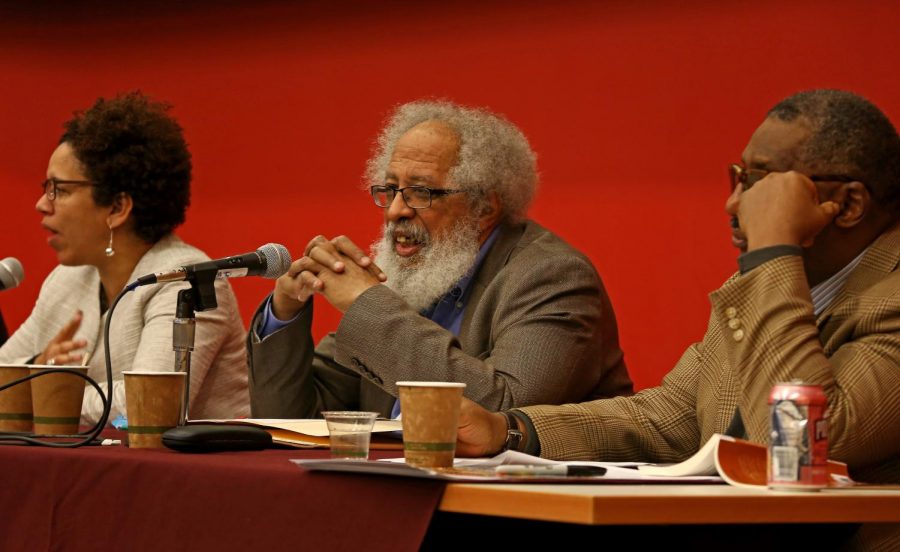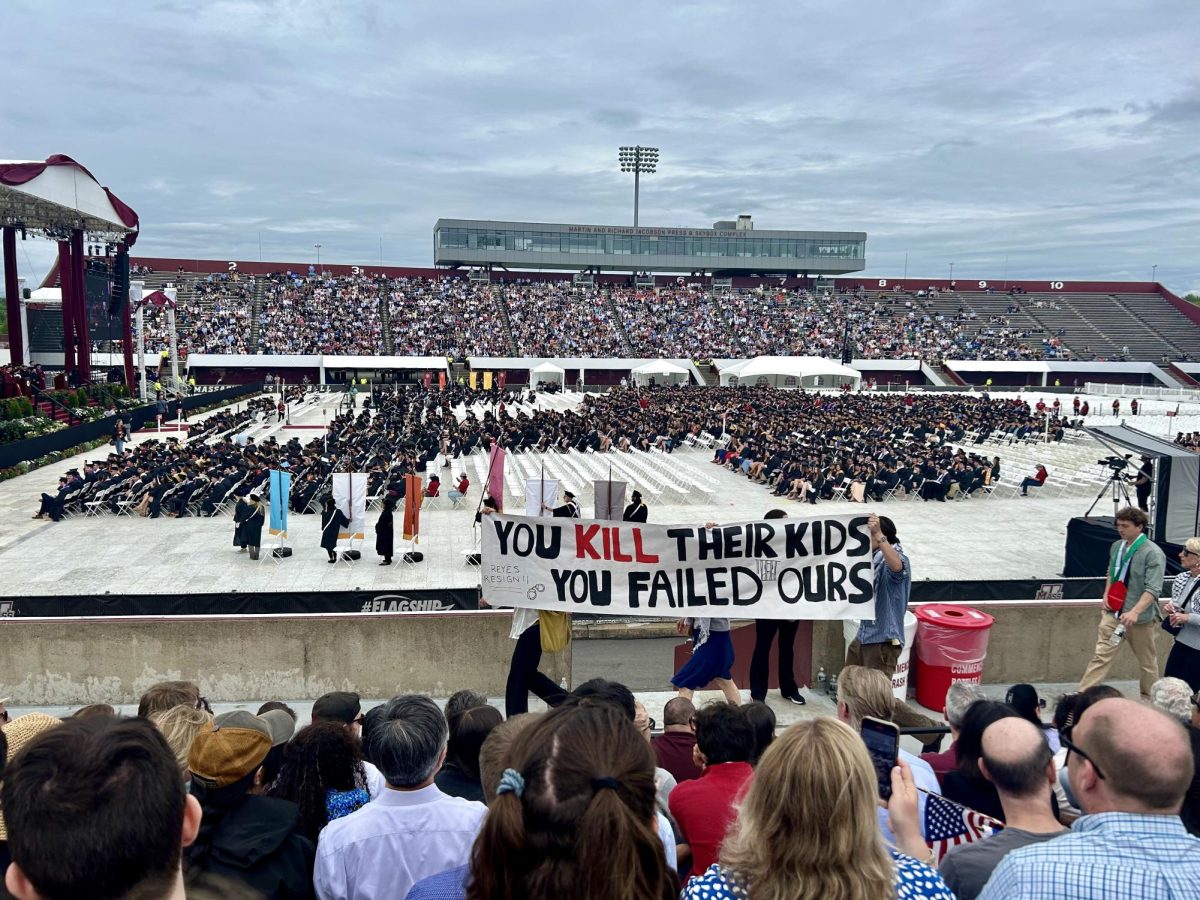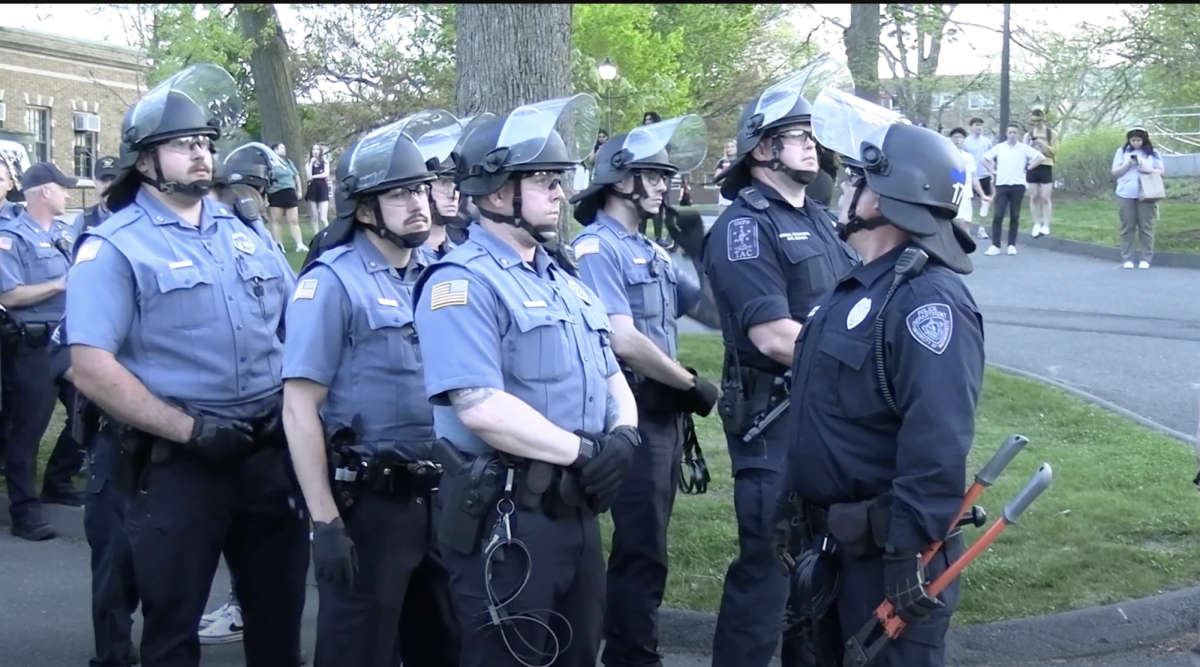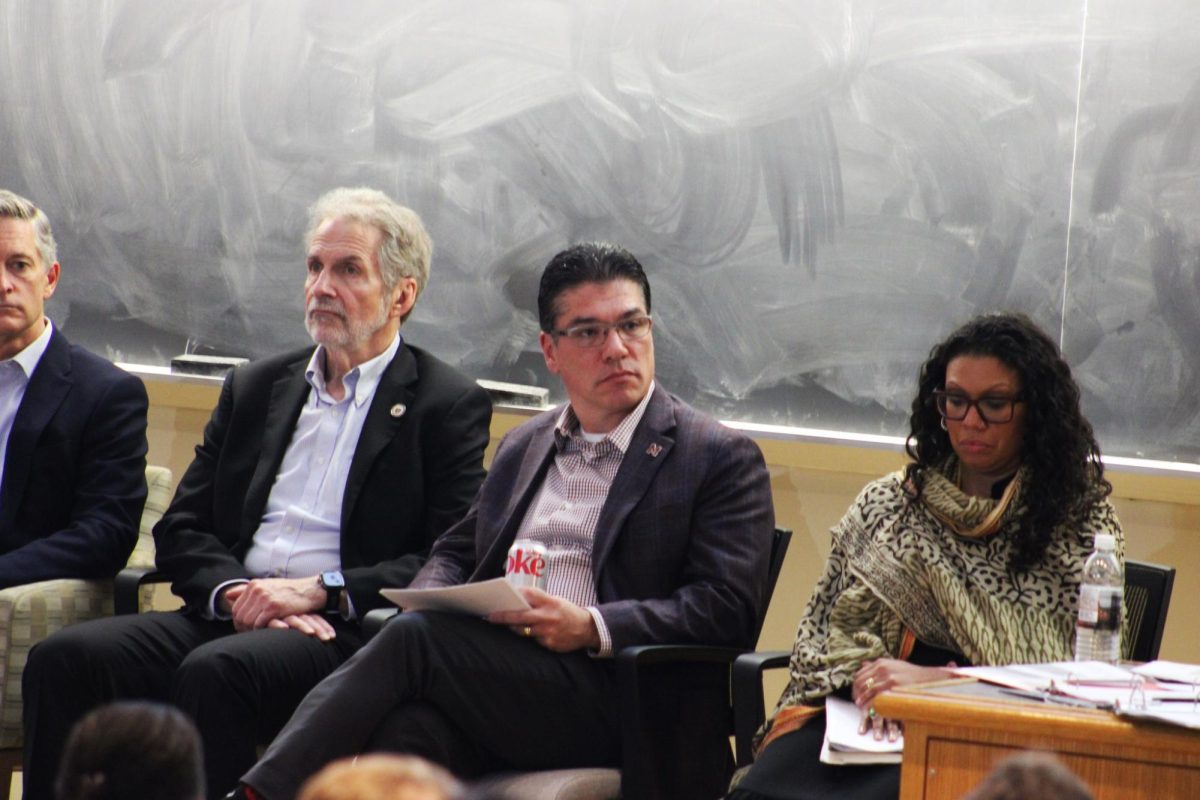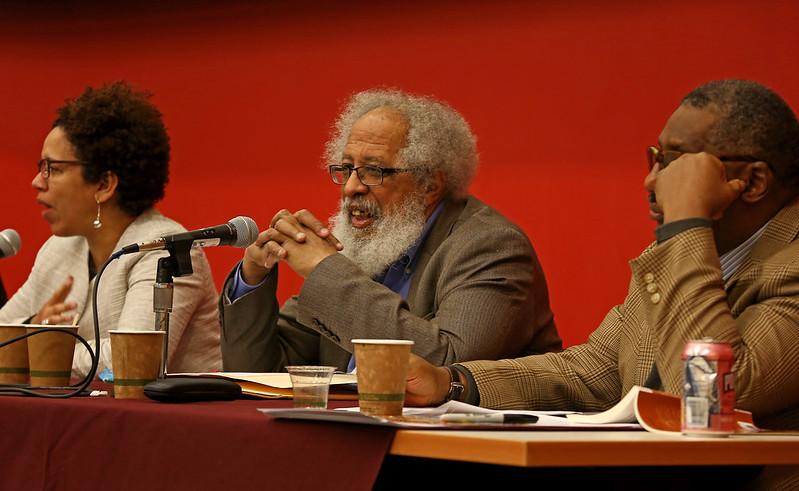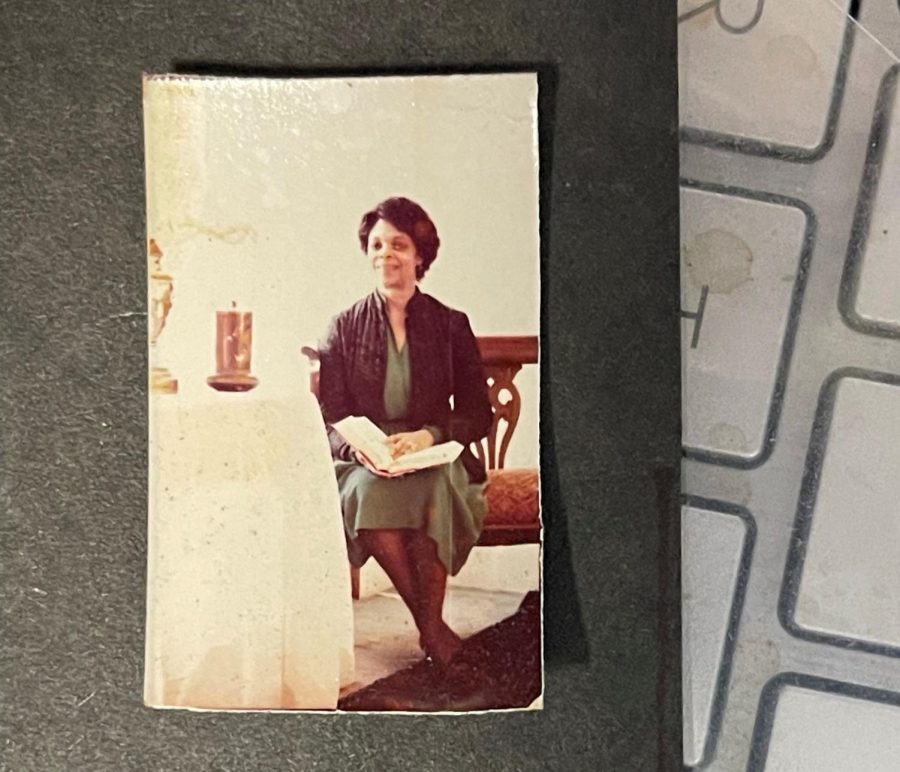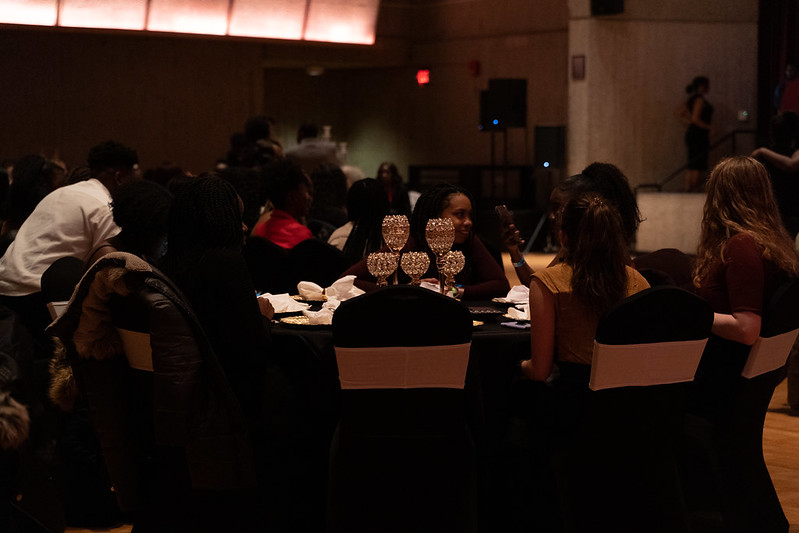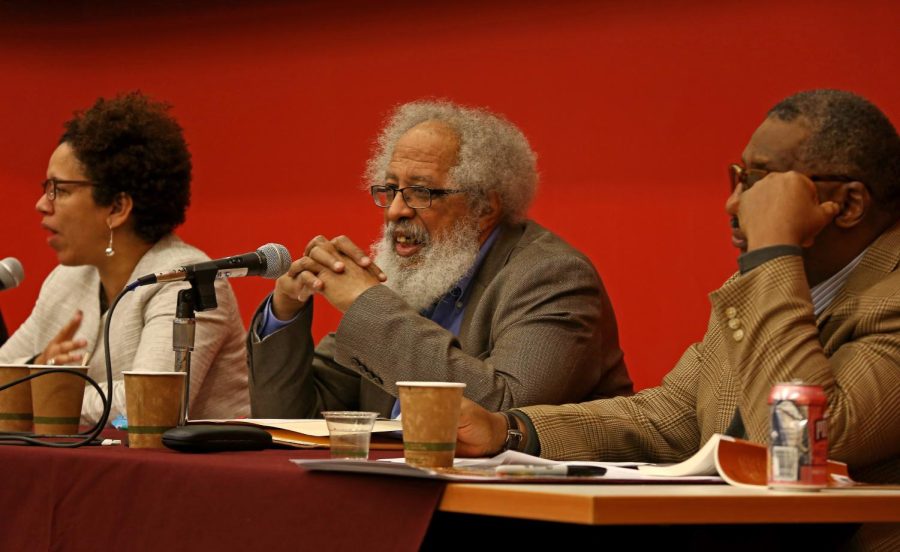In the early 1960s, civil rights activist John H. Bracey was walking through the South Shore neighborhood of Chicago. Bracey walked down South Greenwood Avenue, passing the tall marble structures and gold dome of the Mosque Maryam temple, a gathering place for many local Muslims. Thirty feet from where Bracey stood, he noticed a tall Black man surrounded by a calvary of Fruit of Islam members.
The mob closed their distance toward Bracey, as an assertive man in the middle shouted at him, “Hey! Kenneth Stampp, let’s talk!” Behind the veil of the Fruit, Bracey knew this man all too well — the enigmatic El-Hajj Malik El-Shabazz, better known as Malcom X.
To Bracey’s surprise, Shabazz remembered him from a chance encounter six months prior where Bracey interrupted the activist’s speech about the contrasts between the “House Negro” and “Field Negro.” Bracey asserted himself in the conversation, stating, “Black women are safer in the field than in the house. If they’re in the house, they could be raped by the white man.”
Shabazz glanced over at Bracey and asked, “How do you know that?.” Bracey referred him to a book written by historian Kenneth Stampp titled “The Peculiar Institution.” Shabazz carefully pulled a file card out his pocket and inscribed the book title.
Six months later, Shabazz was delighted to inform Bracey about what he learned from Stampp’s book and invited him inside the mosque to join him for an upcoming banquet. Bracey agreed to join. The banquet was vast and lively, hosting numerous members of the Nation of Islam. Shabazz approached the banquet’s podium and greeted the crowd: “We have some young brothers and sisters who are not members of the Nation but are part of our family. So, treat them like family.” Bracey was shocked by the friendliness and warmth shown by the members of the Nation. He engaged in conversation with many of the members and was asked to join the Nation; Bracey graciously declined.
This is one of the many instances of Bracey spreading knowledge to those around him. Brought up in a society plagued by racial slurs, Jim Crow laws and corrupt police organizations, Bracey turned to education to combat these sadistic social standards. From educating the Chicago masses during his involvement in the civil rights movement to educating young adults on the Black diaspora during his near 50-year tenure in the University of Massachusetts’ Afro-American studies department, throughout his life, Bracey has found education to be more powerful than any weapon.
Growing up in Washington, D.C. during the 1950s, Bracey’s upbringing was heavily influenced by African American intellectuals and scholars. Bracey’s mother taught at Howard University’s school of education in the early 1950s. Frequenting the campus with his mother, Bracey was fostered into an environment enriched with civil rights activism, academic excellence and African American pride.
“Sterling Brown would lean over my shoulder and correct the grammar on my English papers,” Bracey said, referring to the renowned poet. “I grew up in a world grounded in African-American awareness.”
Outside the Howard community, Bracey came face-to-face with many forms of hatred and racism.
“Don’t tell me the world’s bad, I know the world’s bad.” Bracey’s mother would often tell him. “What do you do about it?” These words were the building blocks of Bracey’s early anti-establishment mindset.
Audacious and disruptive, Bracey took his mother’s tutelage and applied it to any discrimination, injustice or bigotry that may cross his path.
“She’s supported me from the time I was elementary school. If I saw something was wrong, I would attack the problem,” Bracey said. Throughout his time in primary school, Bracey would find himself in disputes with teachers and faculty over the miseducation and racist subject matter fed to him and his classmates.
“In high school, I almost didn’t graduate because I refused to participate in all kinds of racist crap and I would get into fights with the teacher,” he said.
Bracey’s consistent altercations with his teachers landed him in the principal’s office countless times. He was even ordained with a personalized note that gave him permission to go to the principal’s office whenever he would have a dispute with a teacher.
Bracey enrolled at Howard University shortly after graduating high school in the late 1950s. At the time, Howard University was the mecca of the revolution. Social activism prospered on the Howard campus — here, Bracey would meet future prominent civil rights activists and organizers such as novelist and activist Michael Thelwell, who would later invite him to teach at UMass, and Stokely Carmichael, a prominent activist and organizer.
“I left Howard after a year, because you can’t go to school where your parents teach. They all think you’re fabulous and treat you that way,” Bracey said.
Wanting to escape the favoritism he received at Howard as well as the Vietnam draft, Bracey moved to Chicago and transferred to Roosevelt University in 1961, a choice Bracey now considers “the best academic decision I’ve ever made in my life.”
Roosevelt was a product of protest. Staffed and developed by former Central YMCA college faculty members, who left in response to YMCA’s Black and Jewish student quota numbers that stagnated Black and Jewish student enrollment. Roosevelt was an institution that reveled in free-thought, radicalism and non-traditional teaching.
“Any radical person in the whole world taught there. If you got fired from anywhere else for your radicalism, Roosevelt will hire you,” Bracey said.
While at Roosevelt, Bracey would meet one of his most cherished inspirations, Professor St. Clair Drake, who engrossed Bracey in Pan-Africanism.
“He was the most amazing teacher and my best friend and colleague alike. I used to live in his office; he would put me to work. I spent so much time in it.” Drake inspired Bracey’s teaching style that he later carried with him to UMass.
In Roosevelt’s cafeteria, each table would hold a separate political group tossing ideologies and ideas for public protests and demonstrations. Here, Bracey would form the Negro History Club, an organization determined to educate Roosevelt’s students on Black history.
The Negro History Club would soon find itself united with other civil rights groups in the fight for equal rights in Chicago. Bracey and his colleagues were soon engaged in the civil rights movement that surrounded them, taking part and helping orchestrate public demonstrations.
The Grant Park protest in 1963 was one of Bracey’s predominant instances of activism: “In Chicago you had a different kind of fight, you know, you had the destruction of the neighborhoods and a white power structure you had to deal with,” Bracey said.
Initially, the Grant Park Valley Parade was meant to be an event led by the NAACP with civil rights activist Rev. Joseph H. Jackson as the main speaker. However, before Jackson could speak, former Chicago Mayor Richard Daley spoke to the crowd of 10,000 politically charged individuals and exclaimed, “There are no Negro ghettos in Chicago and race-relations in Chicago are fine.”
These ill-advised words ignited the crowd. Revolutionary Action Movement Leader Max Stanford met Bracey during prior protests and civil rights meetings. Stanford asked Bracey if his Negro History Club cohorts would take part in a demonstration with them and a few other civil rights groups that were in the crowd. Bracey agreed.
The unified revolutionaries developed what seemed like a simple plan: “All we’re gonna do is, when the mayor comes out is pick at him and ‘boo’ him,” Bracey said. The activists began chanting “Daley must go!” garnering more attention and support from nearby crowd members. What was once considered a rally soon spiraled into a youthfully charged protest. Audience members turned to protestors, condemning Daley with every breath.
Coverage from the event soon flooded into local Chicago media outlets. Bracey and his colleagues’ activism was now recognized city-wide.
Famed for his activism, Bracey was now deemed a person of interest by the Chicago Police Department, often facing egregious forms of harassment. However, there was a silver lining with this: “When they stop you they run your name through the whole radio system, and the nearest Black police people will pull up,” Bracey said.
These African American police officers protected Bracey during discriminatory altercations, relieving the white officers of their “traffic stops” and safely escorting Bracey to wherever he was going. At the time Bracey did not know that Chicago’s Black police officers were organizing against the white police.
“The African-American patrolman organization was organized because of the discrimination of them within the police department,” Bracey said.
Black Chicago police officers were now supporting local civil rights activists, “So they are on our side, that’s how I got protected all the time,” Bracey said.
The officers would often relay information to Bracey of any plots stemming from the Chicago Police Department. “They are the ones who told us Fred Hampton was going to get killed, and Fred wouldn’t listen to us,” Bracey said.
Along with other local activist groups, Bracey collaborated with the Black Panther Party’s Chicago Chapter. He was often in communication with Deputy Chairman Fred Hampton.
Bracey assisted in the group’s growth: “We helped them organize, we told them how to do things with leaflets and all kinds of stuff.” The Panthers would often find themselves in confrontations with local law enforcement, chastising and often screaming, “Down with the Pigs.” Bracey’s police informants informed him that the Panthers were “really going to get hurt” if they didn’t calm down.
When Bracey tried to relay these sentiments to Hampton, the deputy chairman disregarded and dismissed him, stating that the Chicago Police Department was just trying to slow him down. Bracey urged Hampton to listen to his grievances: “I said ‘Fred, you’re turning away people that can save your life.’ ”
Bracey narrated an instance in which two young Black Panther members shot and killed two police officers during a dispute-turned-shootout outside the Chicago Black Panthers headquarters — a scene that has recently been adapted in the film “Judas and the Black Messiah.”
“And from that point on you knew that the cops were coming for them. There was no doubt that the cops will come for you,” he said.
Bracey’s activism did not halt his pursuit for education and higher learning; he gracefully balanced both roles.
“Every day I’m doing something, you know, running the Negro History Club, getting locked up in and out of jail just in time for class.” Bracey was ready for a break.
After graduating from Roosevelt University in 1964, he slowed his efforts as an activist and geared his mind towards learning history. This pursuit brought him to Northwestern University.
“St. Clair Drake told me they had this great library, and I was going to [study] African history,” Bracey said.
While Northwestern University had a comprehensive library of books, articles and newspapers from liberation movements and Black history, the majority-white teachers had little knowledge of Black history.
“So I’m looking at historians who don’t know anything about Black people,” Bracey said. “But I didn’t care about that. I was gonna do that. I wanted to know the context, the white context they knew.”
Northwestern’s radical undergraduate students recognized Bracey from his earlier contributions towards the civil rights movement and asked for his assistance in tackling on campus racism and discrimination.
“The undergrads were having all this kind of trouble, they were getting into fights and all this kind of stuff,” Bracey said.
Northwestern’s white fraternities were notorious for racial harassment. They often held “Plantation Parties,” where they dressed in nineteenth-century antebellum-style garments and re-enacted southern traditions. They would consistently taunt and ask students of color to join their parties as servants and slaves.
After hearing about these parties, Bracey addressed the gatherings. With the assistance of college football player Dan Davis, Bracey and company walked toward the fraternity house amid one of their parties.
Davis knocked first — he knew they would open the door because he played sports with some of the fraternity members. Davis greeted the crowd shortly after they opened the door.
“Davis said, ‘We’re here because y’all are having a plantation party. We the slaves and we’re taking this sucker over,’” Bracey said. The students stopped the party, and Bracey and company were now known for busting white fraternity parties.
Bracey also assisted the undergraduate students with a 38-hour occupation of the university’s Bursar office.
News of Bracey’s knack to unify student activists spread like wildfire. Colleges and universities nationwide were asking Bracey to come teach at their institutions with hopes that Bracey could contain their student activists. Uninterested in the job offers, Bracey stuck to his studies until 1971, when his longtime friend Thelwell — now UMass’ Afro-American studies department head — gave Bracey a call. He asked Bracey to come interview for a teaching position at UMass, and Bracey gladly obliged.
Before Bracey joined, the Afro-American studies department only consisted of 10 people. Thelwell intended to rework the department and hired seven renowned Black intellectuals in the fall of 1972. This included Bracey, Max Roach, Archie Shepp, Chinua Achebe, Paul Carter Harrison, Diana Ramos and Nelson Stevens.
“These are the leading Black cultural people,” Bracey said. Thelwell hired people directly attached to the civil rights movement: “Brilliant people, but movement people.”
These new hires helped UMass’ Afro-American studies department to become one of the strongest Black studies departments nationwide, encouraging other legendary civil rights leaders such as Angela Davis and James Baldwin to teach at the institution as well.
Bracey spoke to the strong allegiance the department had with UMass’ Black student population. The newly formed Afro-American studies department transformed New Africa House into a safe space for Black students.
“We had a restaurant in the basement, we had a barber shop, we had a daycare center on the fourth floor for the little kids,” Bracey said.
Bracey carried his radical roots to his teaching style, which he has dubbed “academic freedom.” Taking a more effective and non-traditional approach to the classroom, choosing a more fluid and improvisational style of teaching, Bracey would often ask his class, “How much do you want to learn?” and then followed up that question with: “How do you want to learn it?”
Bracey loathed the traditional homework-quiz-Test class structure, opting to allow his students to show they learned the class material in their own personalized ways as they wish. “I would have students record a short video instead of writing a paper,” Bracey said, “It takes as much energy, it’s not easy at all.”
Bracey believes education is not vocational: “You don’t take my class to get a job. You take my class to learn something.”
When asked what his definition of teaching is, he says, “teaching people to use their minds, and to develop their minds, and to develop the ability to critically analyze the world around them, confront differences, understand the complexity of the world and to figure out where they fit in and where they wanna go.”
Tristan Smith can be reached at [email protected]. Follow him on twitter @Tristankhalid.

